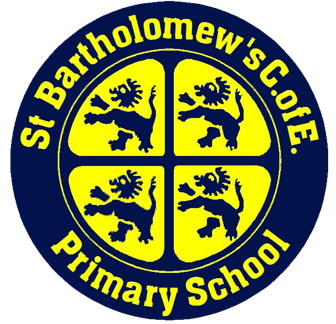Early Reading
Reading and Phonics
Learning to read is one of the most important aspects of primary education. It gives the children independent access to the wider curriculum as well as being a skill for life.
The way a child learns to read is also important so that they are equipped with those skills as soon as possible. It is especially important that home and school have a shared understanding of the process and how both play a vital role.
In early Autumn we offer a session for parents and carers of Reception children to come into school and learn how we teach reading. There is also the opportunity to ask questions so that you are well equipped to support your children at home. We understand the pressures of family life so aim for the advice we give to be as practical as possible, no matter how busy an evening or weekend gets!
To summarise our approach, our school uses "Little Wandle Letters and Sounds Revised" as our systematic synthetic phonics programme to teach early reading and spelling. The videos on the link will help you to understand some of the ways we teach phonics in school - there are 3 tabs to guide you: "Support for phonics", "How we teach" and "Books coming home". The approaches we use are not only used in Reception Class but throughout Key Stage 1 until the children become fluent readers. We also include some of the strategies in Key Stage 2.
These videos show you how to pronounce the sounds. Notice how the children don’t add an ‘uh’ sound at the end, so they say: ‘t’ not ‘tuh’. Use the downloadable information from the link below to help your child remember how to write their letters and say their sounds.
Phase 2 sounds taught in Reception Autumn 1
This Phase 2 sounds taught in Reception Autumn 1 video is designed to be shared with families by schools using Little Wandle Letters and Sounds Revised to help them to support learning at home.
Phase 2 sounds taught in Reception Autumn 2
This Phase 2 sounds taught in Reception Autumn 2 video is designed to be shared with families to help them to support learning at home.
Phase 3 sounds taught in Reception Spring 1
This Phase 3 sounds taught in Reception Spring 1 video is designed to be shared with families to help them support the learning at home.
How we teach blending
This How we teach blending video is designed to be shared with families by schools using Little Wandle Letters and Sounds Revised to help them to support learning at home.
For further videos and advice, visit
Little Wandle Letters and Sounds
The correct pronunciation of a letter sound is so important for the children's learning. The videos clearly show you how to pronounce our sounds. The grapheme information sheets are useful to see exactly how children are taught to say their sounds. The sheets also show you how to form letters using our 'formation phrase' and include some useful tips on how to ensure correct letter formation when you are teaching children to form capital letters.
The other important piece of information to note is that the phonics reading books we use in school aren't sent home. Instead, families may loan eBooks from our library which they can share and discuss with the children, matched to the current book used in the classroom.
Consistency is key so please take a look at the resources and become familiar with them. This will help you reinforce what we teach with the children and enable us all to be doing the same thing.
If you need any further information, please don't hesitate to contact your child's class teacher.
We teach phonics each day, from Nursery through into Key Stage 2. These short, daily times focus on the different sounds that can be spoken and written down in different ways. Quality reading is regularly modelled in class and reading books are introduced when each child is ready. The children are heard read at least once per week initially.
As the children become more independent in their reading, further strategies are introduced and taught explicitly so that the children do not rely on a single method of reading but become fluent in their reading and understanding. It is the skill of the teacher to ask careful questions that will guide the children to deepen their understanding of a text. As a school we draw on a wide range of resources to provide our children with a rich, varied experience that encourages the love of reading.
